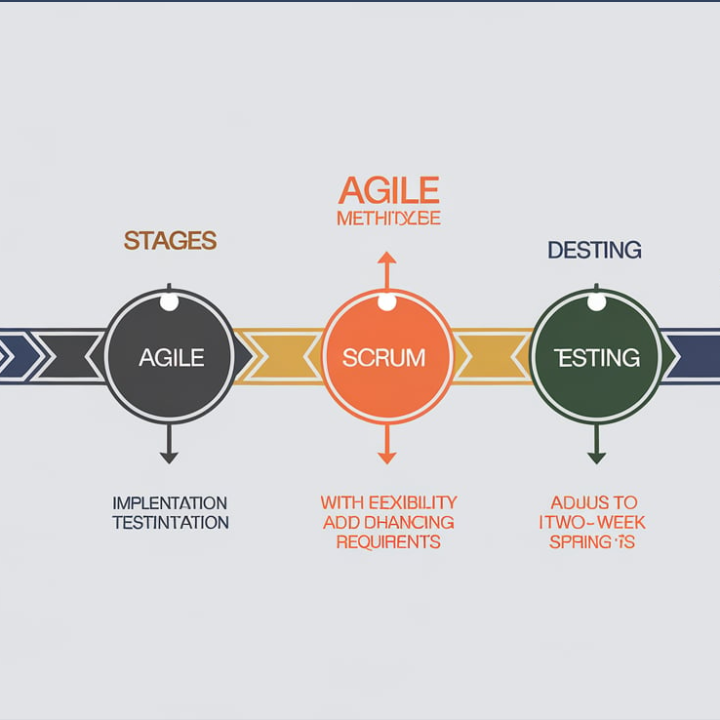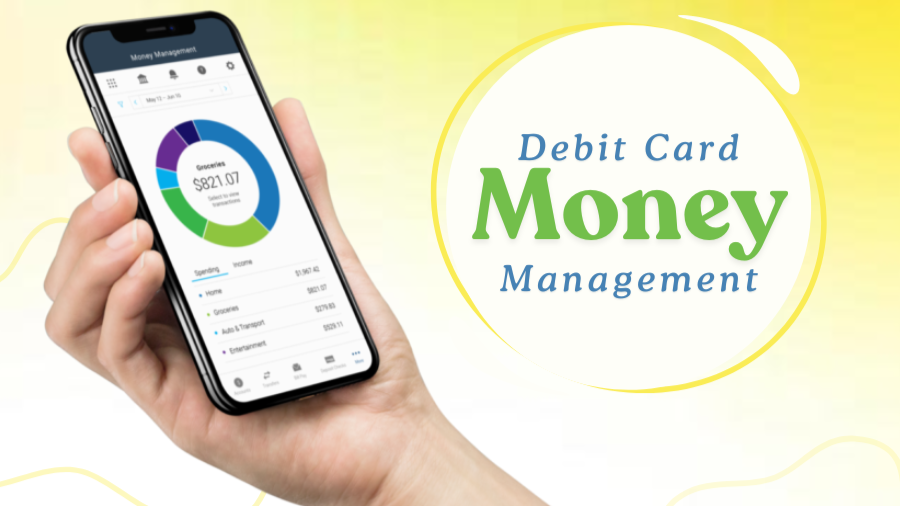Debit Card vs. Digital Wallet – Best for Everyday Payments?

 Aruna Singh
Aruna Singh
Compare debit cards vs. digital wallets to find the best payment option. Learn about security, benefits, and how to choose the right debit card for you.
Think about how you pay for things every day—groceries, coffee, online shopping. Most people either swipe a debit card or tap their phone using a digital wallet. With mobile payments becoming more common, many wonder: Is a digital wallet better than a debit card?
While digital wallets offer speed and convenience, debit cards remain a trusted choice for millions. They are accepted almost everywhere, don’t rely on internet access, and give you full control over spending.
In this blog, we’ll break down the debit card vs. digital wallet debate in a clear, practical way. You’ll learn the pros, cons, security aspects, and when each payment method makes sense—so you can decide which one fits your lifestyle best! Let’s dive in.
What Is a Debit Card?
Think of a debit card as your direct access to your bank account. Unlike credit cards, which let you borrow money, a debit card pulls funds straight from your account when you make a purchase.
Whether you're shopping online, swiping at a store, or withdrawing cash from an ATM, your money moves instantly—no bills to pay later. It's a simple and convenient way to manage spending without worrying about interest or debt.
How Does a Debit Card Work?
-
Linked to your bank account – Every transaction deducts money in real-time.
-
Accepted almost everywhere – Use it for shopping, online payments, and ATMs.
-
No borrowing – Unlike credit cards, you only spend what you have.
-
Secure transactions – Protected with a PIN or chip-based authentication.
Advantages of Using a Debit Card
-
Budget-Friendly – Since it’s tied to your account balance, you avoid overspending.
-
Widely Accepted – Works in stores, online, and ATMs worldwide.
-
No Interest or Debt – No need to worry about monthly bills or high-interest charges.
-
Safe Transactions – Banks offer fraud protection in case of unauthorized activity.
Is a Debit Card Safer Than a Digital Wallet?
Well! This depends on how you use it! A debit card has PIN protection, but if lost, someone could misuse it. On the other hand, a digital wallet offers security like encryption and biometrics but relies on your phone. If your device is hacked or stolen, it could be vulnerable. So, the safest approach? Use both wisely! Keep your debit card for reliability and a digital wallet for added convenience when needed.
How to Select the Best Debit Card for Your Needs
With so many debit card options available, choosing the right one isn't just about transactions—it’s about maximizing benefits. Some debit cards offer exclusive rewards, cashback, or travel perks, while others focus on low fees and better savings.
But here’s the challenge—picking the best-fit debit card from a long list can be overwhelming. That’s where a platform like Moneysync helps! Instead of manually comparing different cards, you can view all debit card details, analyze features, and even get a side-by-side comparison to see which one aligns with your spending habits. Additionally, you can calculate savings and rewards, ensuring you make a confident decision in minutes.
What Is a Digital Wallet?
Imagine leaving home without your wallet but still being able to pay for everything—sounds convenient, right? That’s exactly what a digital wallet offers. It’s a virtual way to store credit and debit card details, allowing you to make contactless payments using your smartphone, smartwatch, or even your laptop. Instead of swiping or inserting a card, you just tap your device or scan a QR code.
How Digital Wallets Work
A digital wallet securely stores your debit card and other payment information. When you make a purchase, it transmits encrypted payment data to the merchant, ensuring a quick and secure transaction. Some popular digital wallets include Google Pay, Apple Pay, and Samsung Pay.
Digital Wallet Benefits
-
Faster Transactions: No need to enter PINs or count cash—just tap and go!
-
Added Security: Uses encryption, biometrics, and tokenization to protect your data.
-
No Physical Card Needed: Forget carrying multiple cards; everything is stored in one place.
Key Differences: Debit Card vs. Digital Wallet
But are digital wallets better than debit cards?
It depends. While digital wallets offer speed and security, they rely on internet access and merchants accepting them. A debit card, on the other hand, is universally accepted and works even without a smartphone or battery.
At the end of the day, it’s all about convenience versus accessibility. A digital wallet is great for quick, secure payments, but keeping a debit card handy ensures you're covered in all situations.
When Debit Cards Are the Better Choice
While digital wallets are gaining popularity, there are still many situations where a debit card remains the better choice. It offers reliability, universal acceptance, and ease of use—without any extra setup or dependency on a smartphone.
Widely Accepted Everywhere
One of the biggest advantages of a debit card is that it works everywhere—whether you're shopping online, paying at a store, or withdrawing cash from an ATM. Unlike a digital wallet, which depends on merchant compatibility, a debit card ensures you never face payment issues.
No Device Dependency
Imagine your phone runs out of battery or you forget it at home. No worries! A debit card works anytime, anywhere, without needing a charged device or internet connection. In contrast, a digital wallet relies entirely on your smartphone.
Seamless Cash Withdrawals
Need cash in hand? A debit card gives you instant access through ATMs worldwide. A digital wallet, on the other hand, doesn’t provide this direct access—making a debit card more practical for emergencies.
No Setup Required
Using a debit card is as simple as swiping or inserting it at a payment terminal. There’s no need to download apps, configure payment methods, or worry about compatibility. Unlike a digital wallet, which requires linking accounts and setting up security features, a debit card is ready to use instantly.
When Digital Wallets Offer More Convenience
Let’s be real—nobody enjoys fumbling through their wallet at checkout. This is where a digital wallet shines. With just a tap or scan, you can complete your purchase in seconds, making it a game-changer for fast-paced transactions. Unlike a debit card, which requires inserting or swiping, a digital wallet eliminates the hassle and speeds up the process.
Security is another major plus. With biometric authentication, encryption, and tokenization, a digital wallet adds an extra layer of safety compared to carrying a physical debit card. Even if your phone is lost, your payment details remain protected.
Plus, you don’t even need to carry a card—just use your phone! But keep in mind, not all merchants accept digital wallets, so having a debit card as a backup is always a smart move.
Summing It Up
Both debit cards and digital wallets have their strengths, but choosing the right one depends on your needs. A debit card remains the most reliable and widely accepted payment method, working everywhere—from local stores to ATMs worldwide. On the other hand, a digital wallet adds convenience with quick, contactless payments and enhanced digital wallet security.
The best approach? Use both smartly! Keep your debit card for flexibility and reliability, while a digital wallet can simplify everyday purchases. Together, they offer the perfect balance of security, accessibility, and ease. Which one do you prefer using the most?




